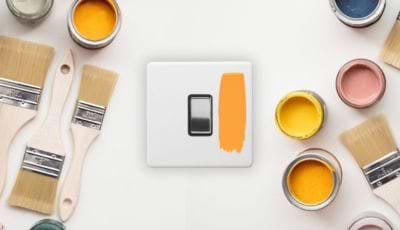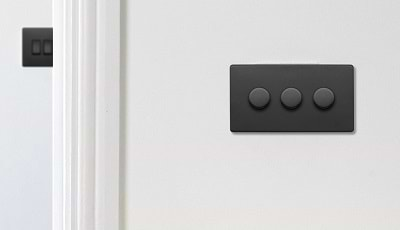Elesi Blog
Lighting Guides & Interior Design Tips
-
A Guide to Lighting Low Ceilings
Low ceilings can pose a unique challenge when it comes to lighting design. Whether you're dealing with a cosy apartment, a basement space, or architectural... -
Outdoor Lighting: Frequently Asked Questions
Outdoor lighting serves as both a functional and aesthetic feature for homes. Whether you're looking to enhance the security of your property, create a welcoming... -
Can You Paint Your Sockets and Switches?
Reinventing your homes interior design is becoming an increasingly popular task for homeowners, and tips, tricks, and hacks offer a way for people to undertake... -
Using Brighter Colours in Your Home
Colours hold the power to transform a space. Your personal style, as well as the energy you wish to create, plays an important part in... -
Types of Switches: A Guide
The demands of today’s residential and commercial applications call for a huge variety of different types of switches that cater to wide variety of purposes... -
Upcoming Lighting and Interior Design Trends of 2024
As we step into a new year, the interior design landscape is changing before our very eyes as design harmonises with function. 2023 has seen... -
Dimmer and Toggle Designs: A Style Guide
When it comes to finishing your interior design, matching your light switches for a cohesive style can be challenging. While a beautiful screwless finish certainly... -
A Guide to Smart Lighting
Smart lighting is revolutionising the way we light our homes. With the power of smart technology, you can now control your lights with a simple... -
Matt Black Sockets and Switches: Buying Guide
In the world of interior design, the devil is in the details. Every tiny element contributes to the overall aesthetics of your space, and that...











